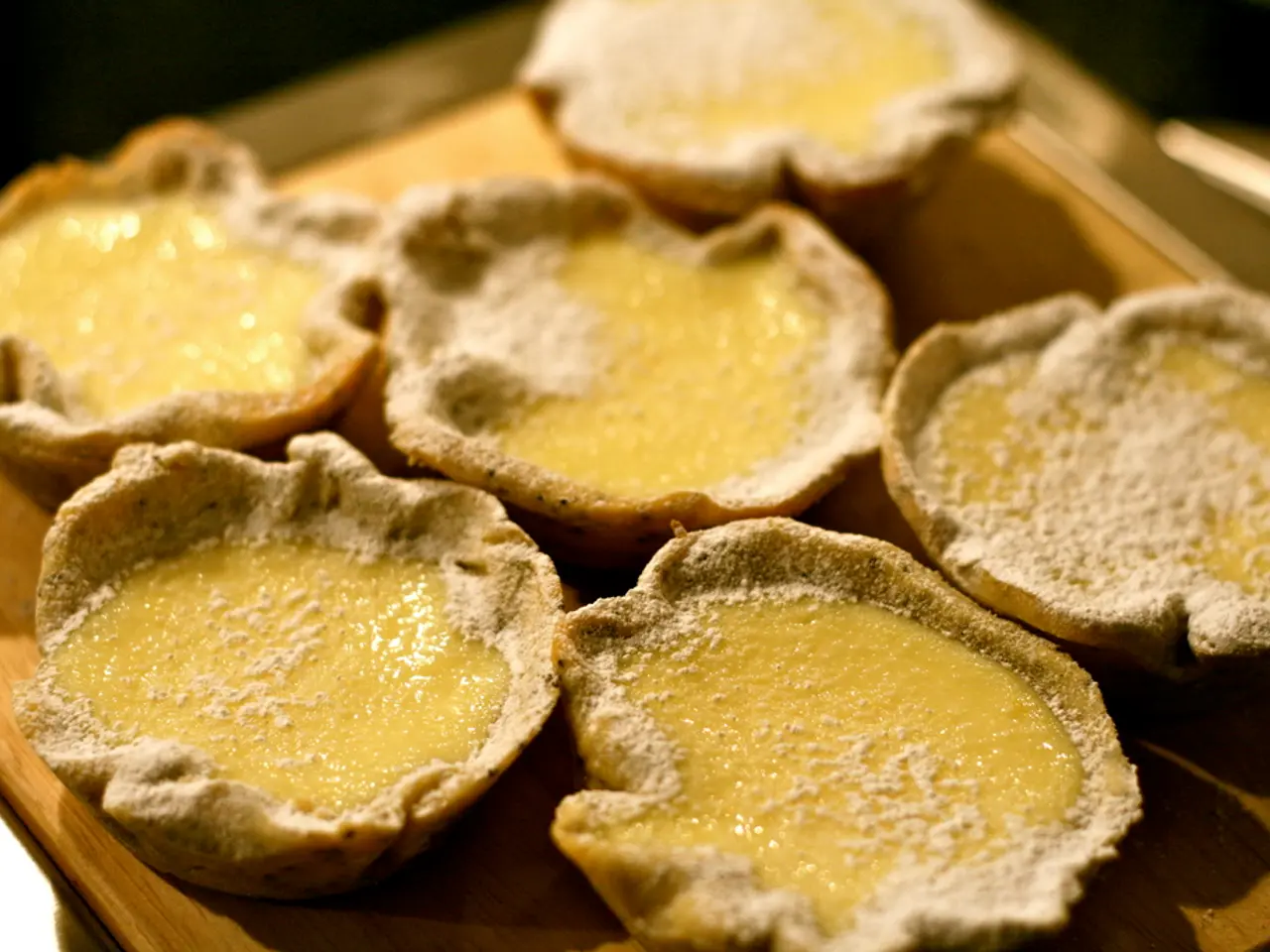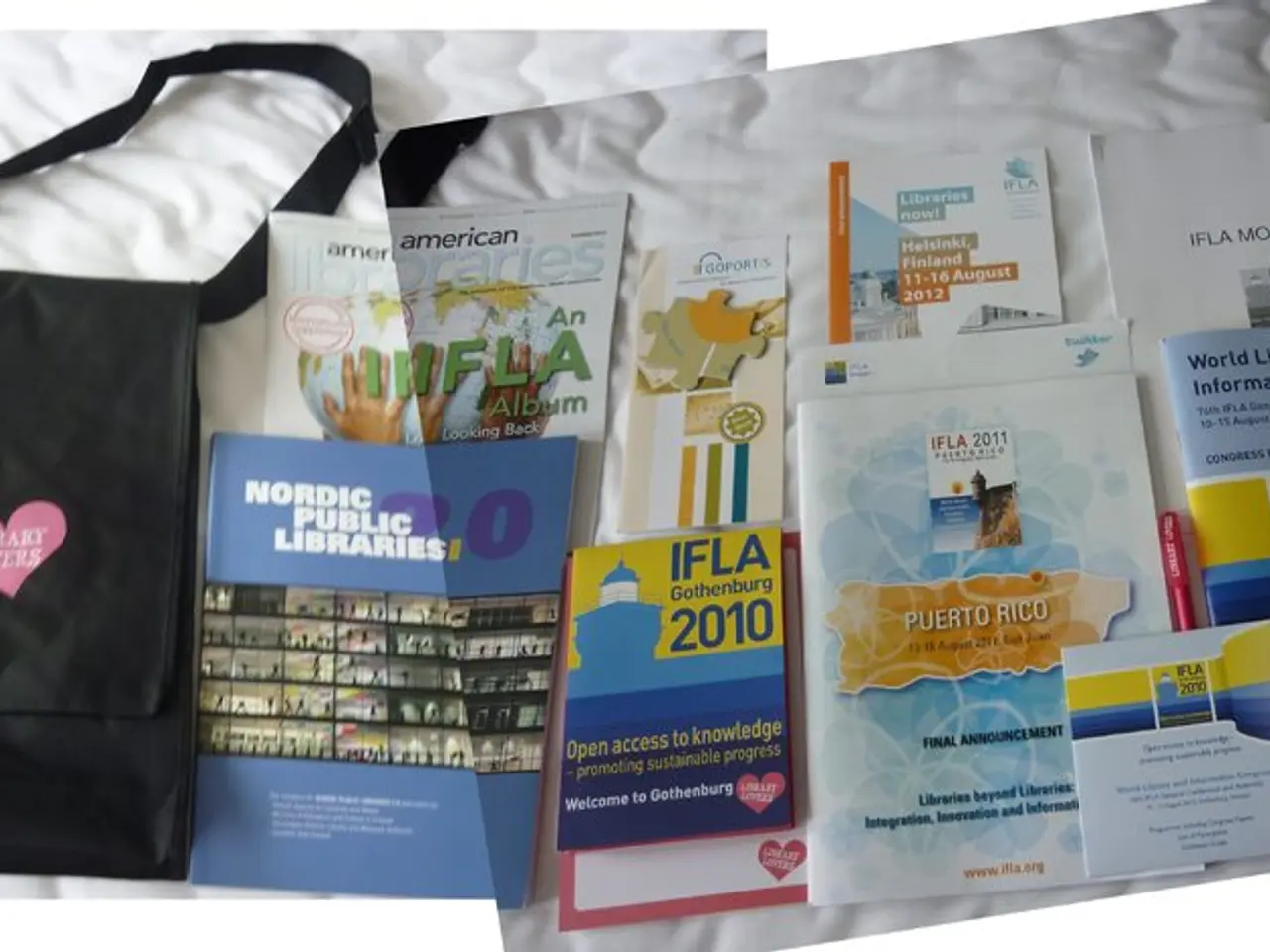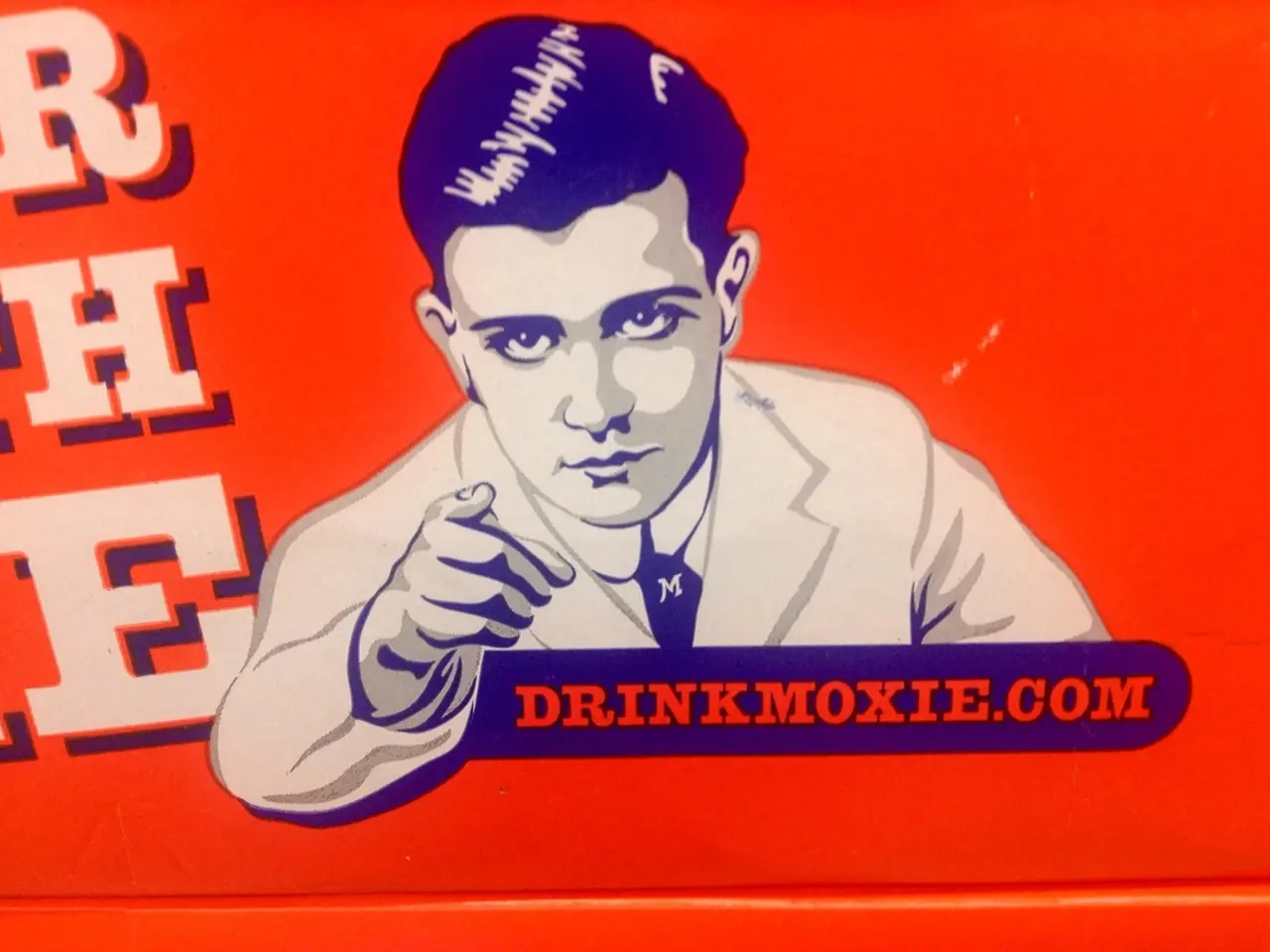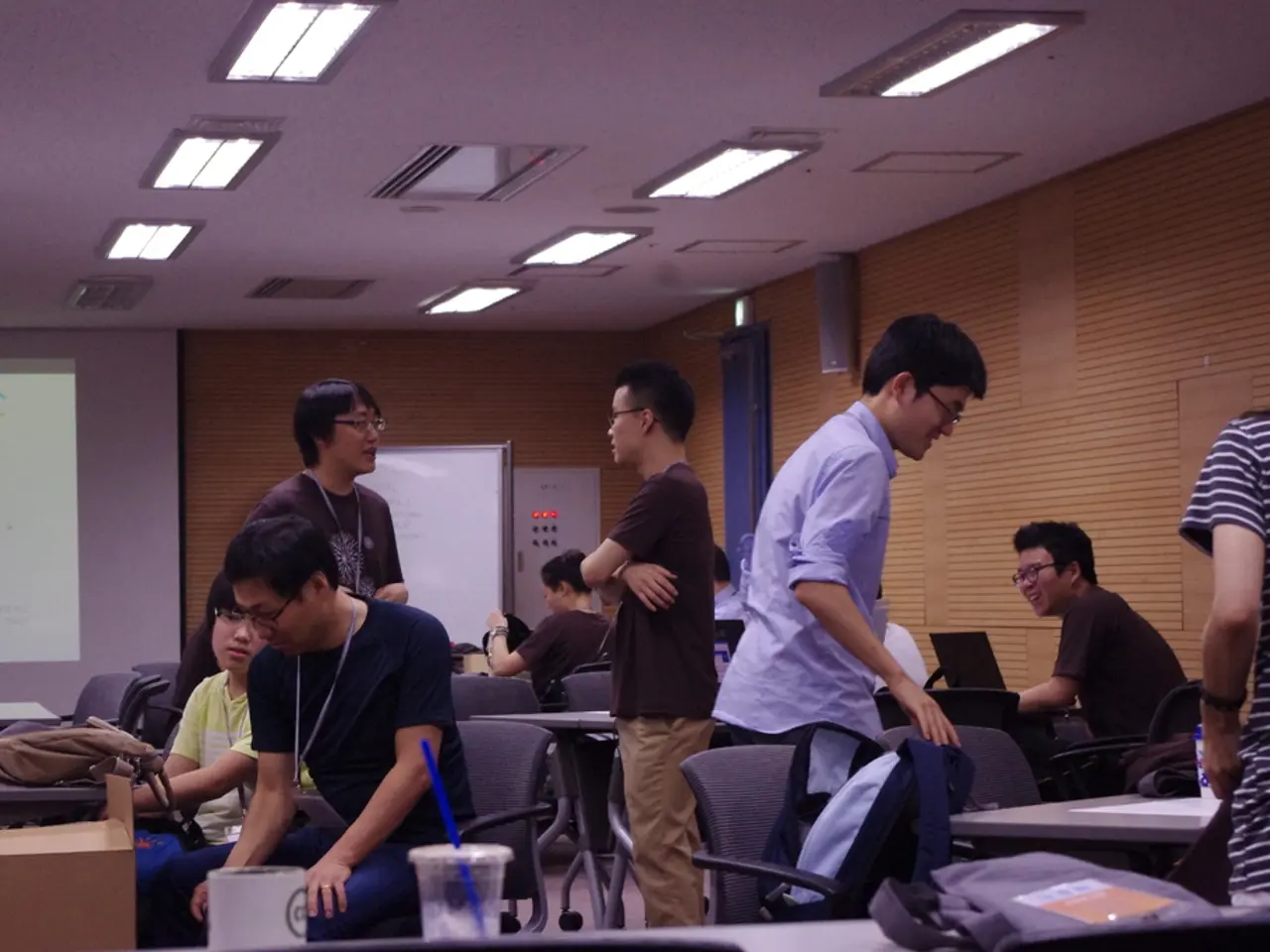Delving into the Science History Institute's upcoming display: Unraveling the Mystery of School Lunches' Origins and Influences
The Science History Institute in Old City Philadelphia is set to open an exciting new exhibition on September 27, 2024, titled "Lunchtime: The History of Science on the School Food Tray." This intriguing event will take place from 5pm-8pm as part of the "Ring the Bell, It's Lunchtime! An Opening Celebration."
The exhibition delves into the history of school lunches, reaching back to the late 18th century and the flurry of scientific discoveries that shaped the way we eat today. It showcases historic scientific instruments, such as a polarimeter, refractometer, Babcock tester, butyrometer, spectrophotometer, Beckman DU ultraviolet spectrophotometer, and Beckman gas chromatograph.
One of the artifacts on display is a delicate hand-tinted illustration from a book published in London in 1801 showing a calorimeter, a funnel-like apparatus devised in the early 1780s by the French scientists Antoine Lavoisier and Pierre-Simon, Marquis de Laplace. The exhibition also includes comic books, like an issue of Real Life Comics (1943) and The Conquest of Hunger (1951), offering a unique perspective on the evolution of school lunches over time.
The history of school lunch programs in the United States began with the National School Lunch Act of 1946, which established the National School Lunch Program (NSLP) to provide free or reduced-price meals to "needy" children in public and private schools. As the exhibition moves into the present day, it highlights the increasing reliance on frozen and packaged foods, such as Lunchables and pizza, and the unintended consequences of material innovations like frozen dinners and plastic wrap.
The exhibition also explores the impact of scientific advances on school lunches, shaping federal nutrition standards that schools must meet to receive subsidies and USDA food supplies. These standards ensure that meals provide adequate nutrition to support students’ health and educational outcomes. Research has shown that improved nutrition through these programs may boost test scores and educational achievement, underscoring the role of science in refining meal content and nutritional guidelines.
The exhibition continues up to the present day, applying the lens of science to a veritable petri dish of politics and popular culture. A featured item is a tiny aluminum token, which in 1909 would have purchased lunch in a Philadelphia school. A positive development in the movement toward healthier school lunches is the package of Rebel Crumbles, a breakfast food marketed by Rebel Ventures, which meets USDA guidelines and is distributed in Philadelphia public schools for breakfast.
The Science History Institute's 2nd Annual Curious Histories Fest will take place on Saturday, June 8, 2024, from 11am-3pm. Founded in 1982 and located in Old City Philadelphia, the Institute collects, preserves, interprets, and shares objects, content, and images exploring lesser-known and sometimes overlooked stories from the history of science. Major support for "Lunchtime" has been provided by The Pew Center for Arts & Heritage. The Science History Institute is a museum and library dedicated to uncovering the hidden stories behind the history of science.
[1] National School Lunch Program. (n.d.). Retrieved from https://www.fns.usda.gov/nslp [2] School meals: nutrition standards and requirements. (n.d.). Retrieved from https://www.fns.usda.gov/school-meals/nutrition-standards-and-requirements [3] Food Stamp Act of 1964. (n.d.). Retrieved from https://www.history.com/topics/us-food-and-nutrition/food-stamp-act-of-1964 [4] National School Lunch Program: A Brief History. (2018, May 21). Retrieved from https://www.history.com/news/national-school-lunch-program-a-brief-history [5] The History of School Lunch Programs in the United States. (n.d.). Retrieved from https://www.britannica.com/topic/school-lunch-program/The-history-of-school-lunch-programs-in-the-United-States
- Visitors to the Science History Institute in Old City Philadelphia can expect an engaging new exhibition titled "Lunchtime: The History of Science on the School Food Tray," set to open on September 27, 2024.
- This exhibition dives into the history of school lunches, tracing their roots back to the late 18th century and the surge of scientific discoveries that transformed our eating habits.
- The event includes a display of historic scientific instruments, such as polarimeters, refractometers, and spectrophotometers, to offer a fascinating glimpse of the past.
- One of the exhibits is a hand-tinted illustration of a calorimeter from a 1801 London book, an apparatus developed by Antoine Lavoisier and Pierre-Simon, Marquis de Laplace.
- The exhibition reveals the journey of school lunch programs in the United States, starting with the National School Lunch Act of 1946, which gave rise to the National School Lunch Program (NSLP).
- The exhibit sheds light on the evolving reliance on frozen and packaged foods, such as Lunchables and pizza, and the implications of material innovations like frozen dinners and plastic wrap.
- Research demonstrates that improved nutrition through school lunch programs may boost test scores and educational achievement, highlighting the crucial role of science in shaping meal content and nutritional guidelines.
- The Science History Institute's 2nd Annual Curious Histories Fest will take place on June 8, 2024, focusing on lesser-known and often overlooked stories from the history of science.
- The Institute, founded in 1982 and located in Old City Philadelphia, collects, preserves, and shares artifacts, content, and images that underscore the impact of science on various aspects of our lives, including workplace-wellness, health-and-wellness, fitness-and-exercise, and even skin-care.
- As a museum and library, the Science History Institute aims to inspire personal growth, environmental-science, education-and-self-development, and broaden the understanding of climate-change, cbd, women's-health, men's-health, parenting, space-and-astronomy, and therapies-and-treatments through their exhibits and programs.




